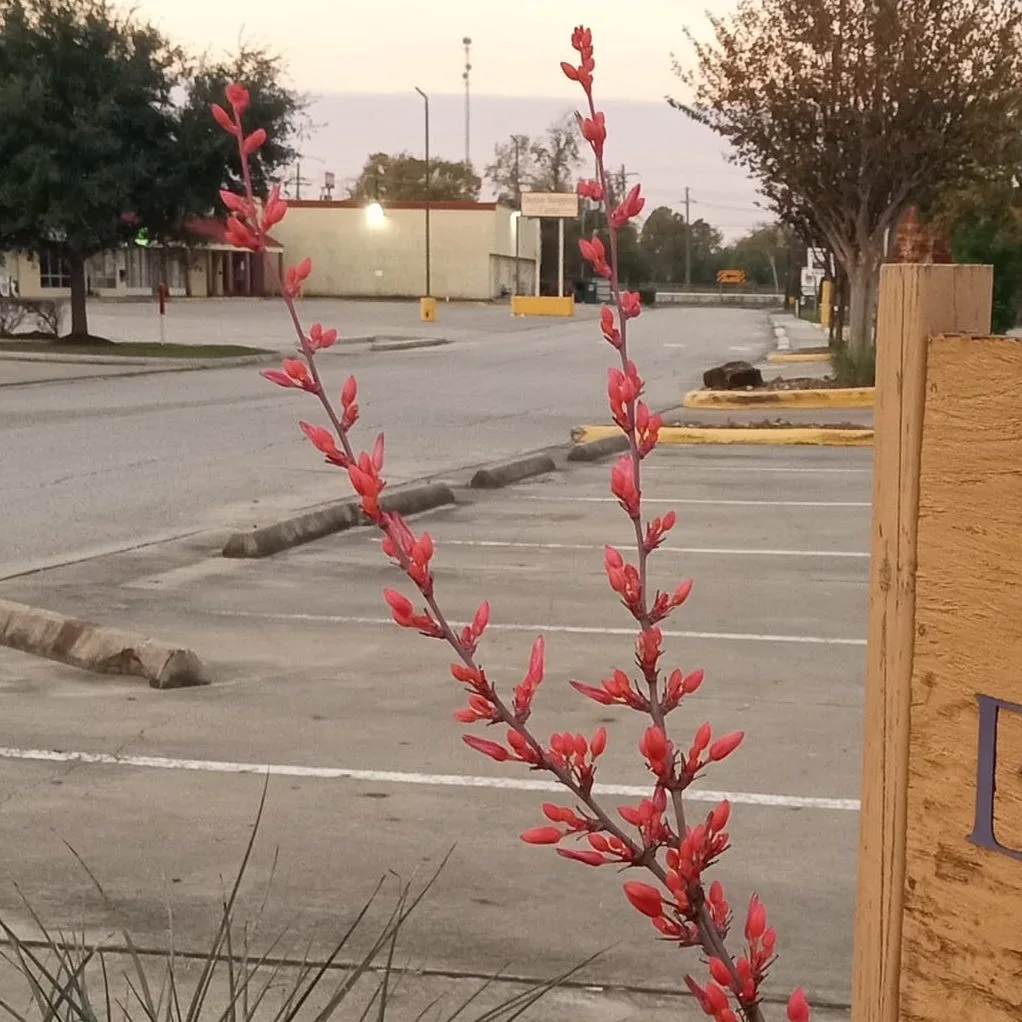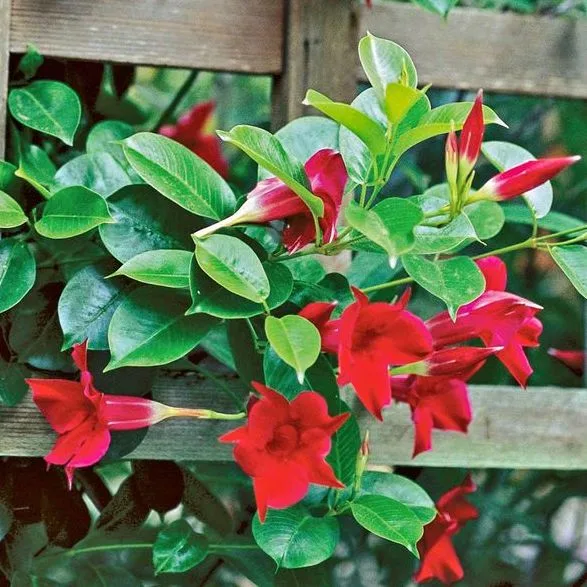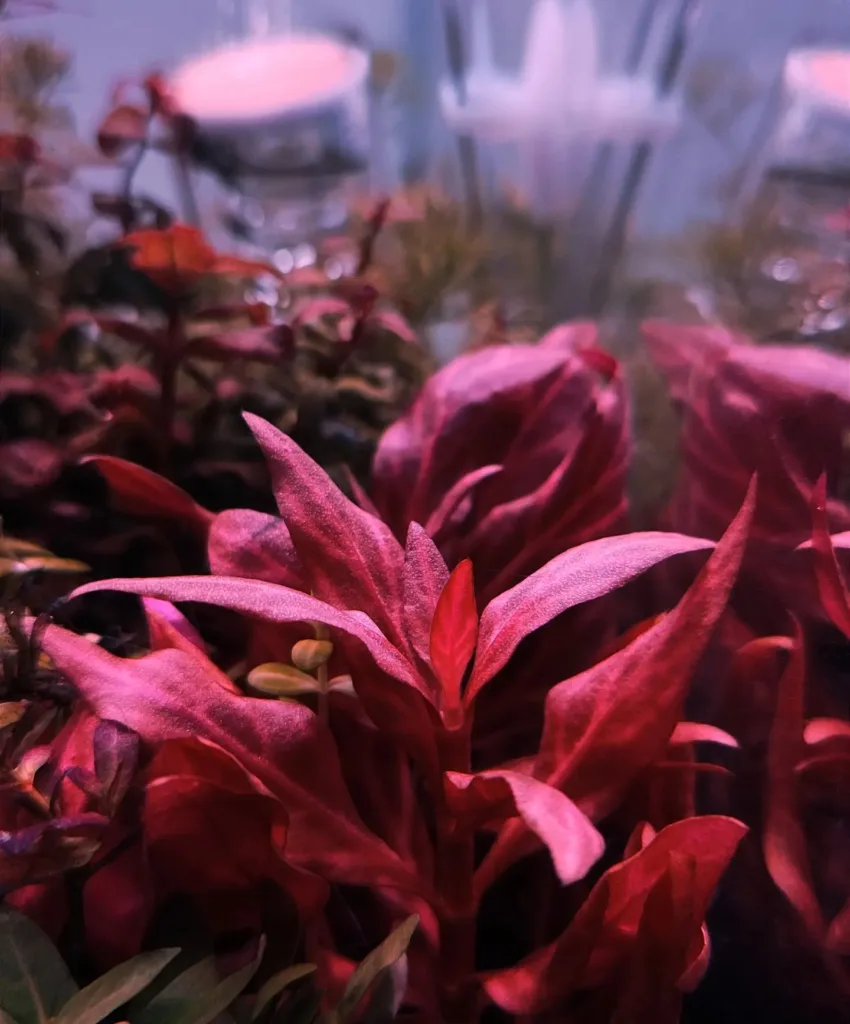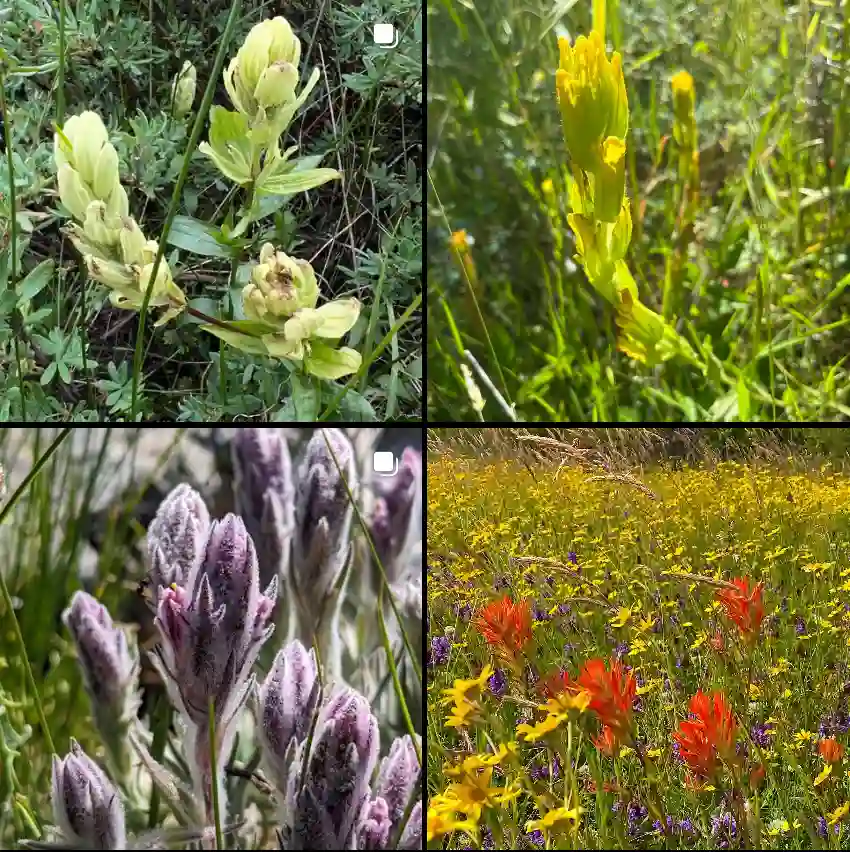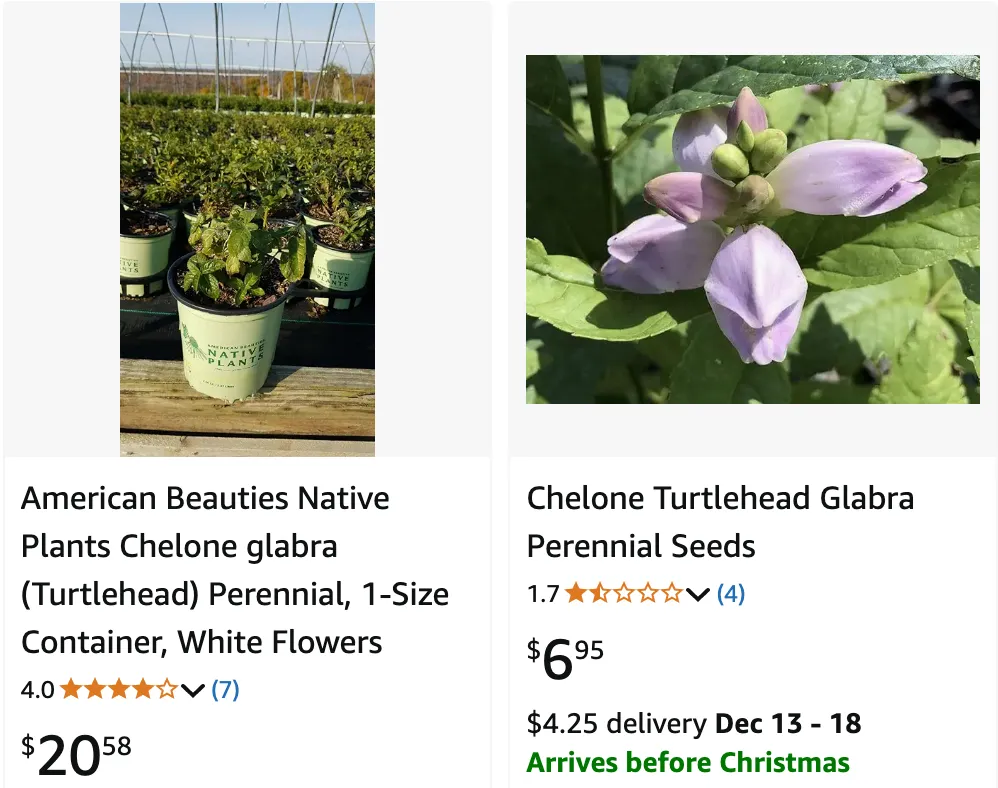
May 22 – Chelone
"Chelone, the turtlehead flower, defines May 22."
Chelone represents tenacity and uniqueness. You are determined and distinctive, standing out in any crowd. Like this flower, your individuality shines brightly.
Falling for Turtleheads: An Exploration of the Chelone Genus
As a plant enthusiast, I’m always on the lookout for unique and captivating additions to my garden. Recently, I stumbled upon the Chelone genus, commonly known as turtlehead, and I was instantly smitten. These late-blooming perennials belong to the Plantaginaceae family, have an undeniable charm, with their curious flowers resembling, you guessed it, turtle heads! Native to North America, they bring a touch of wildness and a splash of vibrant color to the autumn garden. Let me share my newfound knowledge about these fascinating plants.
Decoding the Name
The name Chelone originates from Greek mythology. Chelone was a nymph who refused to attend the wedding of Zeus and Hera. As punishment, she was transformed into a tortoise, forever burdened to carry her house on her back. The flower’s resemblance to a turtle’s head cemented this mythological connection.
Species Showcase
The Chelone genus is relatively small, comprising only four distinct species:
- Chelone glabra: This is the most common species, boasting white or pale pink flowers. It’s widespread across eastern North America, thriving in moist woods and along stream banks. – Plant FAQs: Chelone Glabra – White Turtlehead
- Chelone lyonii: Known for its rosy pink blooms, Chelone lyonii is native to the southeastern United States. It prefers slightly drier conditions than Chelone glabra. Plant FAQs: Chelone Hot Lips – Chelone Lyonii
- Chelone obliqua: Showcasing deep pink to red flowers, Chelone obliqua is another southeastern US native. It’s a showstopper in the late summer garden. Plant FAQs: Chelone Obliqua – Oblique Turtlehead
- Chelone cuthbertii: This rare species, with its purple-pink flowers, is found in limited areas of the southeastern US. It’s a real treasure for plant collectors.
A Haven for Pollinators
One of the things I love most about turtleheads is their appeal to pollinators. Bumblebees are particularly fond of these flowers, drawn by the nectar hidden within their unique blooms. Watching these busy bees navigate the turtlehead’s intricate structure is a delight. It’s a reminder of the vital role these plants play in supporting our ecosystem.
Thriving Turtleheads: Tips for Growth
Turtleheads are relatively low-maintenance plants, but a few key factors contribute to their success:
- Moisture is Key: These plants thrive in moist soil. Think woodland edges or stream banks. Consistent watering is crucial, especially during dry spells.
- Sun and Shade: While they appreciate some sun, turtleheads also tolerate partial shade. Dappled sunlight mimicking their natural woodland habitat is ideal.
- Well-Drained Soil: Although they like moisture, turtleheads don’t like soggy roots. Ensure the soil drains well to prevent root rot.
Turtleheads in the Garden
The versatility of turtleheads is another reason I’m so drawn to them. They shine in a variety of garden settings:
- Woodland Gardens: Turtleheads blend seamlessly into woodland gardens, their natural habitat. They provide late-season color when many other woodland plants have finished blooming.
- Rain Gardens: Their affinity for moisture makes them an excellent choice for rain gardens. They help manage runoff while adding beauty to these functional spaces.
- Pollinator Gardens: As mentioned earlier, turtleheads are a magnet for bumblebees. Including them in a pollinator garden supports these essential creatures.
- Borders and Beds: Their upright habit and late-season blooms make them a striking addition to borders and beds, providing structure and a pop of color.
Beyond the Garden
Turtleheads offer more than just visual appeal. Historically, they were used medicinally by Native Americans to treat various ailments. While I wouldn’t recommend self-medicating with these plants, it’s fascinating to learn about their traditional uses.
A Growing Fascination
My exploration of the Chelone genus has just begun, but I’m already captivated by these unique plants. Their beauty, ecological importance, and versatility make them a welcome addition to any garden. I encourage fellow plant enthusiasts to consider adding turtleheads to their own gardens and experience the charm of these “snapping” beauties.
If i die, water my plants!
